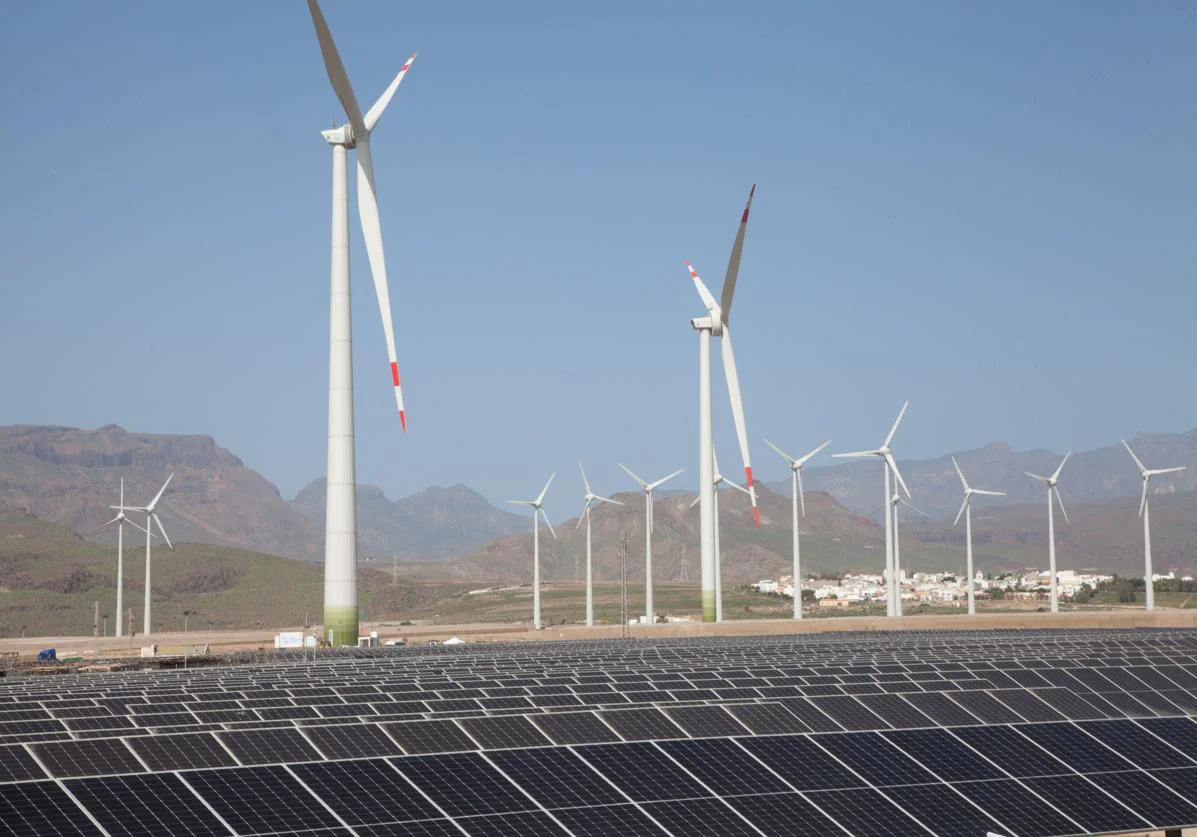The INE now raises the collapse of Spanish GDP in the pandemic to 11.3% and adds four tenths to 2021 growth

The damage that the pandemic caused to the Spanish economy was deeper than initially estimated. The review of the growth data for the last three years that the National Institute of Statistics (INE) usually releases in September has revealed that the drop in GDP in 2020, the year zero of Covid in which the authorities were forced to almost completely suspend the country's activity for three months, was actually 11.3%, five tenths more than 10.8% that the institute had initially estimated.
This statistical review is made based on the additional information obtained from the annual accounts of the companies and the structural statistics of the INE, which consolidate the data that is disseminated on a monthly basis throughout the year with less complete information.
Annual variation in GDP volume
Annual variation
in GDP volume
The 2020 GDP picture coming out of this update is one point grimmer than what was already known. Business investment plummeted more than estimated, 13%; household consumption also contracted somewhat more; and only the rebound in public spending made it possible to close that wound somewhat.
The additional deterioration of the 2020 balance that the INE has detected is mainly in industry and in certain areas of services such as professional and leisure activities, while agriculture showed better behavior than had been seen.
The final balance is 4,000 million less in the GDP of the year 2020 and a longer way to go until recovering the levels of the year 2019.
The economy grew more in 2021
The adjustment of the magnitude of the recession suffered in 2020 by the Spanish economy has helped to revise last year's growth upwards, which would not have finally been 5.1% as the INE initially estimated, but 5. 5%, curiously astride a recovery in private consumption more dynamic than expected compared to public consumption somewhat less vigorous than calculated, despite the injection of European funds, and growth in business investment almost one point lower .
"What these data reveal is that it is the corporate profits that are having the hardest time recovering to pre-pandemic levels," explains the director general of the Institute of Economic Studies, Gregorio Izquierdo. "While household consumption is approaching pre-pandemic levels and Public Administration spending is well above it, business investment is still far from 2019 levels."
A few minutes after the revision of 2021 growth was known, the Ministry of Economic Affairs rushed to send a statement in which it highlighted the "strong recovery that all economic indicators have been showing", which it attributed to the strength of internal demand and to the good performance of the labor market.
Spain remains further from the GDP of 2019
The positive reading of the Ministry to the upward revision from 5.1% to 5.5% of growth in 2021 made it obvious that the balance of the revisions of 2019, 2020 and 2021 leaves the Spanish economy even further from the levels that had before the pandemic broke out.
Spain is today one of the only three countries in the European Union that has not yet recovered its pre-covid GDP levels and the one that is furthest from achieving it. The statistical review of the INE has not only not reduced that gap but has widened it a little more, to the point that taking the future growth projections of the consensus of analysts, Spain would no longer recover its volume of GDP prior to the pandemic at the end of 2023, as expected until now, but would have to wait until 2024, closing a lost five years for the Spanish economy.









